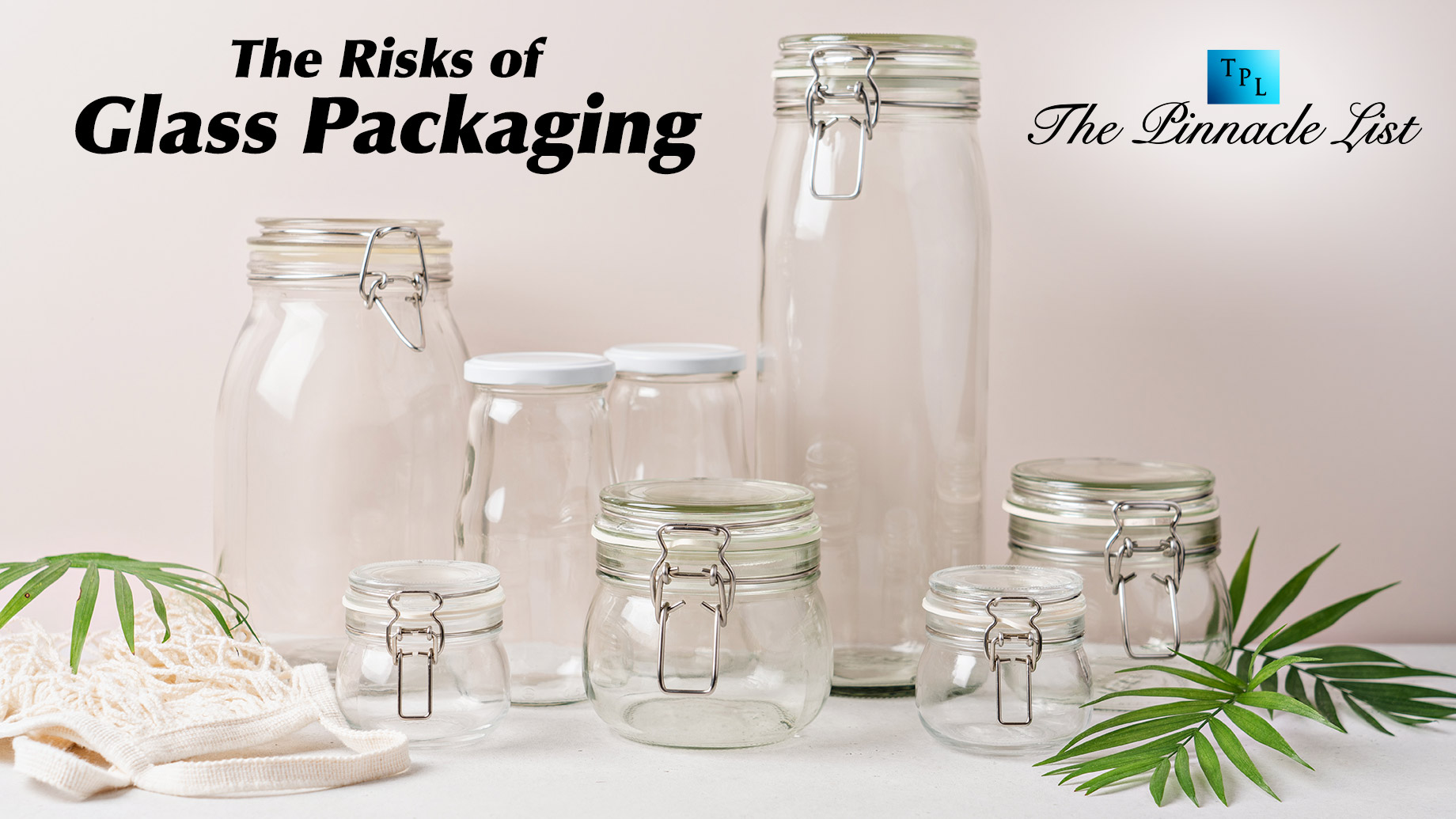
Glass packaging is often praised for its durability, aesthetics, and environmental friendliness. It is used in various industries, from food and beverages to cosmetics and pharmaceutical products. While glass packaging offers many advantages, there are also some risks and disadvantages associated with its use. In this article, we will explore these risks in detail and understand why it is important to make an informed choice when using glass packaging.
Fragility: A Double-Edged Sword
One of the most obvious risks of glass packaging is its fragility. Glass is a hard but brittle material that can easily break or crack upon impact. This can lead to several problems:
- Safety Hazards: Broken glass can cause injuries to consumers or workers during handling and transport. This is particularly concerning in industries like food and beverages, where broken glass can contaminate products.
- Product Loss: A single accident during transportation or handling can result in the loss of entire shipments, increasing costs and operational inefficiencies.
- Waste Generation: Broken glass is often unrecyclable, leading to additional waste despite the material’s reputation for sustainability.
To mitigate these risks, companies often invest in protective packaging or design innovations, but these measures can increase costs and complicate logistics.
Weight: A Heavy Burden
Glass packaging is significantly heavier than its plastic or metal counterparts. This weight brings several challenges:
- Transportation Costs: Heavier packaging leads to higher fuel consumption and increased transportation costs. This is a critical consideration for companies that distribute products over long distances.
- Handling Difficulties: Heavier containers can be harder to handle for workers and consumers alike, potentially reducing convenience and efficiency.
- Energy Use: The added weight contributes to higher energy use during transport, indirectly increasing the carbon footprint of glass-packaged goods.
While glass’s weight contributes to its premium feel and perceived quality, the trade-offs in logistics and energy consumption cannot be ignored.
Environmental Impact: A Complex Balance
Glass is often praised for being environmentally friendly, primarily because it is fully recyclable and can be reused endlessly without quality loss. However, the environmental benefits of glass come with caveats:
- Energy-Intensive Production: The production of glass requires high temperatures, which consume significant amounts of energy and generate greenhouse gas emissions.
- Transportation Emissions: As mentioned earlier, the weight of glass increases transportation-related emissions, counteracting some of its sustainability benefits.
- Recycling Challenges: While glass is recyclable, contamination (e.g., labels, food residues) can hinder the recycling process. Moreover, not all recycling facilities are equipped to handle glass efficiently.
To maximize the environmental benefits of glass, industries must invest in cleaner production methods and efficient recycling systems.
Health Risks: More Than Just Breakage
Although glass is generally considered a safe packaging material, there are some health risks to consider:
- Chemical Contamination: In rare cases, improperly manufactured glass containers can leach trace elements into the contents, especially under extreme temperature conditions.
- Breakage Risks: In industries like pharmaceuticals, a broken glass container can compromise sterility, posing serious health risks to end users.
- Sharp Fragments: When glass breaks, sharp fragments can contaminate food, beverages, or cosmetics, making the products unsafe for consumption or use.
These risks highlight the importance of stringent quality control measures in glass manufacturing and handling processes.
Costs: A Financial Consideration
Glass packaging is often more expensive than alternative materials such as plastic or metal. This can be a critical factor for both companies and consumers:
- Production Costs: The energy-intensive nature of glass manufacturing drives up production costs, which are passed on to businesses and consumers.
- Additional Packaging Requirements: To prevent breakage, glass products often require secondary packaging, adding to overall costs.
- Premium Positioning: While higher costs can be justified for premium products, they may limit the use of glass packaging in budget-conscious market segments.
Companies must weigh these costs against the perceived benefits of glass packaging, such as its aesthetic appeal and brand differentiation.
Striking the Right Balance
Despite the risks, glass packaging remains a valuable option for many industries. By understanding its drawbacks, companies can take steps to mitigate these challenges. Here are some strategies:
- Innovative Design: Developing lighter and more durable glass containers can reduce weight and fragility without compromising functionality.
- Sustainable Practices: Investing in cleaner production technologies and robust recycling programs can offset the environmental impact of glass.
- Consumer Education: Informing consumers about the proper handling and disposal of glass packaging can help reduce risks and improve recycling rates.
For more information on the benefits and applications of glass packaging, you can consult specialized providers of glass packaging solutions. These experts can help you make the best choice for your specific needs (e.g. glass dropper) and circumstances.